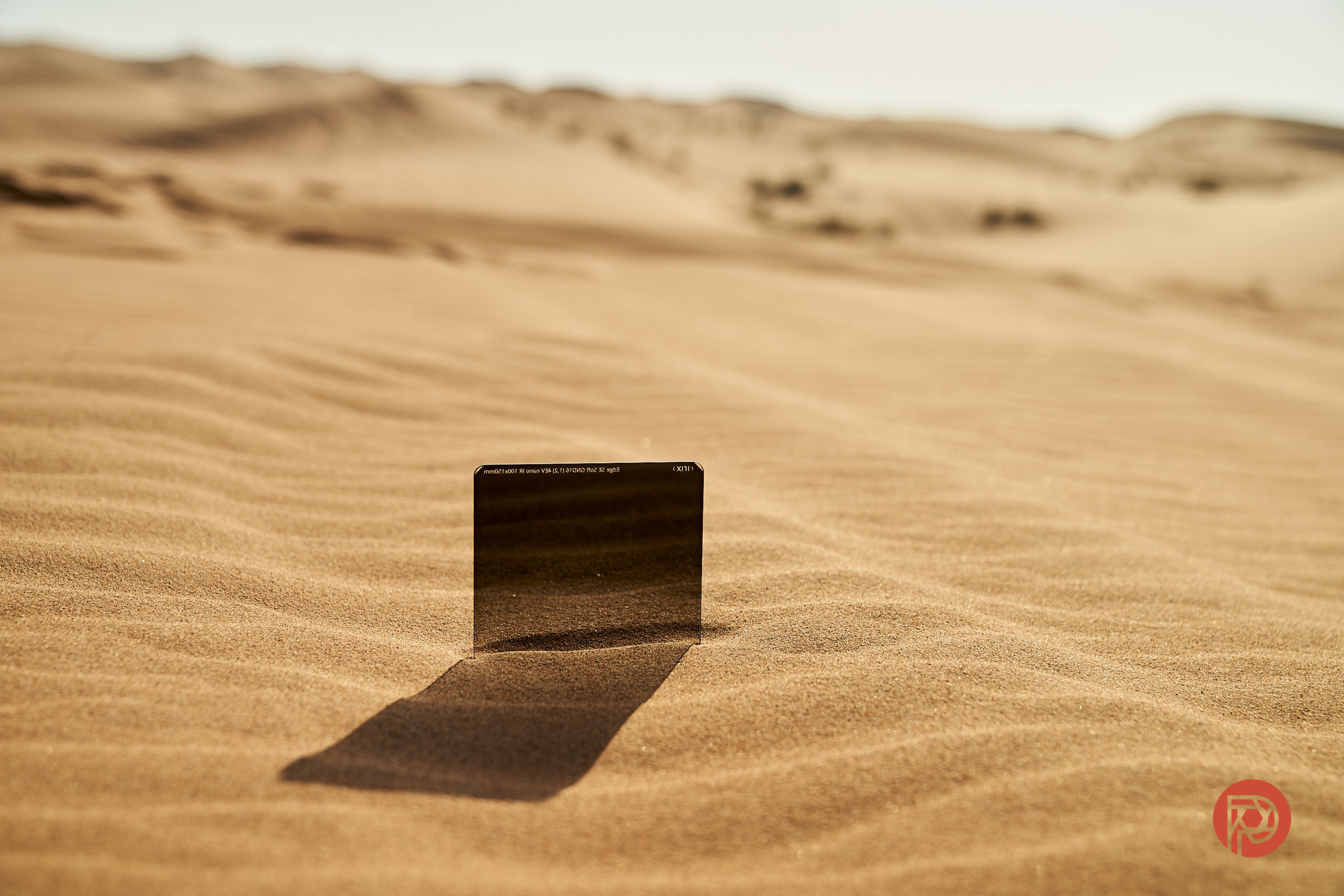Last Updated on 05/05/2023 by Chris Gampat
As important as the foreground is in landscape photography, a lot of the attention is always grabbed by the sky in the frame. And in several situations, skies are a lot brighter than the land they’re illuminating. A graduated ND filter can do an even better job in such scenarios than regular ND filters. Irix has launched a new lineup of various rectangular Grad ND and square ND filters for landscape photographers. Irix claims the Edge Super Resistant (SR) series ‘have exceptional resistance to mechanical damage such as impact and increased scratch resistance.’ I tested their Irix Edge 100 SR Soft Nano GND16 model to see if it stood up to their claims.
I never doubted the quality of images I’d get from using the Irix Edge 100 SR Soft Nano GND16 filter. Their Vari ND 2-5 filter has had a permanent spot in my camera bag since I reviewed it. It’s not just the results I get from it. It’s also the build quality and the experience of using it. But the Irix Edge 100 SR Grad ND filter is a new line altogether. It’s meant to easily withstand the outdoor elements. How well would it hold up against my testing in the deserts and beaches of Dubai?
Table of Contents
The Big Picture
The Irix Edge 100 SR Soft Nano filter is probably something every landscape photographer should have in their bag. I loved seeing how the skies popped when I slid this filter into the holder while previewing the scene in front of me on the camera’s LCD. It’s almost like watching a photo being edited in real-time. Recovering highlights in blown-out skies when you’ve exposed for the foreground is challenging. This graduated ND filter helps you fix the exposure in camera as much as possible without having to take bracketed shots for blending later on.
Aside from image quality, the Irix Edge filter I tested withstood seawater, exposure to sandy winds, and being dropped onto rocks. It is every bit as resistant as Irix claims it to be. If you’re out on an outdoor hike and want a reliable filter to take along with you, consider the Irix Edge SR series for sure.
Pros
- Soft graduations for smoother exposure variation across the frame
- SR (super resistant) optical glass
- Only 2mm thickness
- Double-sided NANO coatings with hydro- and oleophobic properties
- Anti-reflective coating
- Absolutely no color cast
- The filter comes with a thick sleeve for storage
- I dropped it, and it didn’t break
- Available in hard and reverse graduated ND filters too
- The SR version is the same price as the non-SR version.
Cons
- They’re referred to as square filters, but all the graduated ones are rectangular (100 x 150mm). It’s only the non-graduated filters that are actually square (100 x 100mm). Okay, I’m just being pedantic here; I can’t find anything wrong with this filter.

Irix, the manufacturer of quality cine lenses and filters, delivers again. You’re definitely paying a premium price at €149.00/$159 (approx). But with the durability against various types of external elements, you really stand to gain a lot by adding one or more of these to your arsenal. I’m giving the Irix Edge 100 SR Soft Nano GND16 filter five out of five stars. Check out the selection on Adorama to pick up one of these.
Innovations
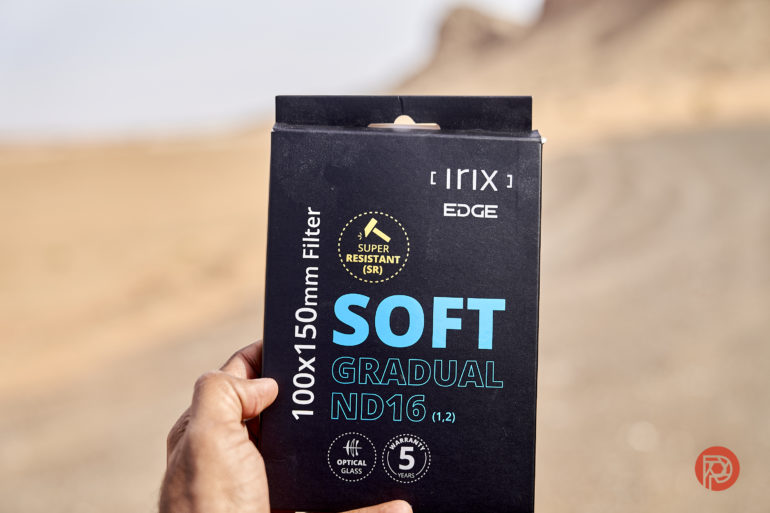
There is an existing line of Irix Edge filters already. This new set is the reinforced ‘Super Resistant’ line of graduated ND and ND filters. Irix claims that they are resistant to mechanical damage and scratches. My tests outdoors confirmed this. In addition to that, seawater exposure didn’t affect the coatings at all.
Gear Used
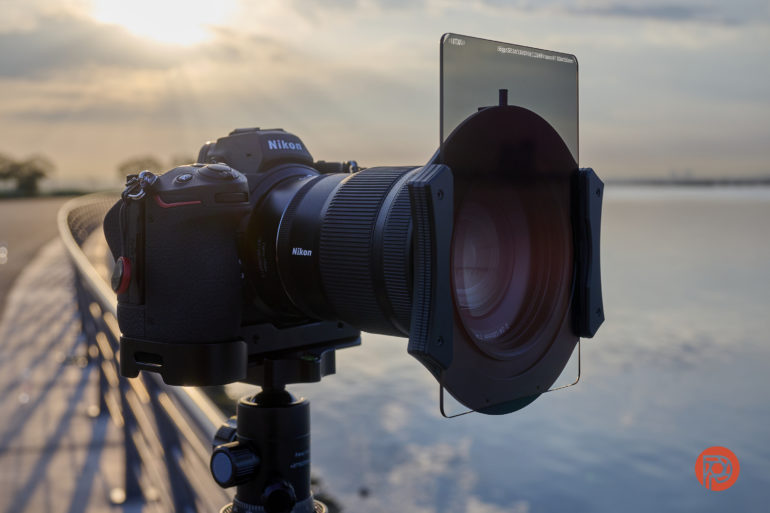
The Irix Edge 100 SR Soft Nano GND16 filter, which I received along with their IFH-100 Filter Holder (got to keep both), was tested on my Nikon Z6 II and 24-120mm lens. It was also tested on a Sony A7 III and Sony 24-70mm f2.8 G Master lens.
Ergonomics
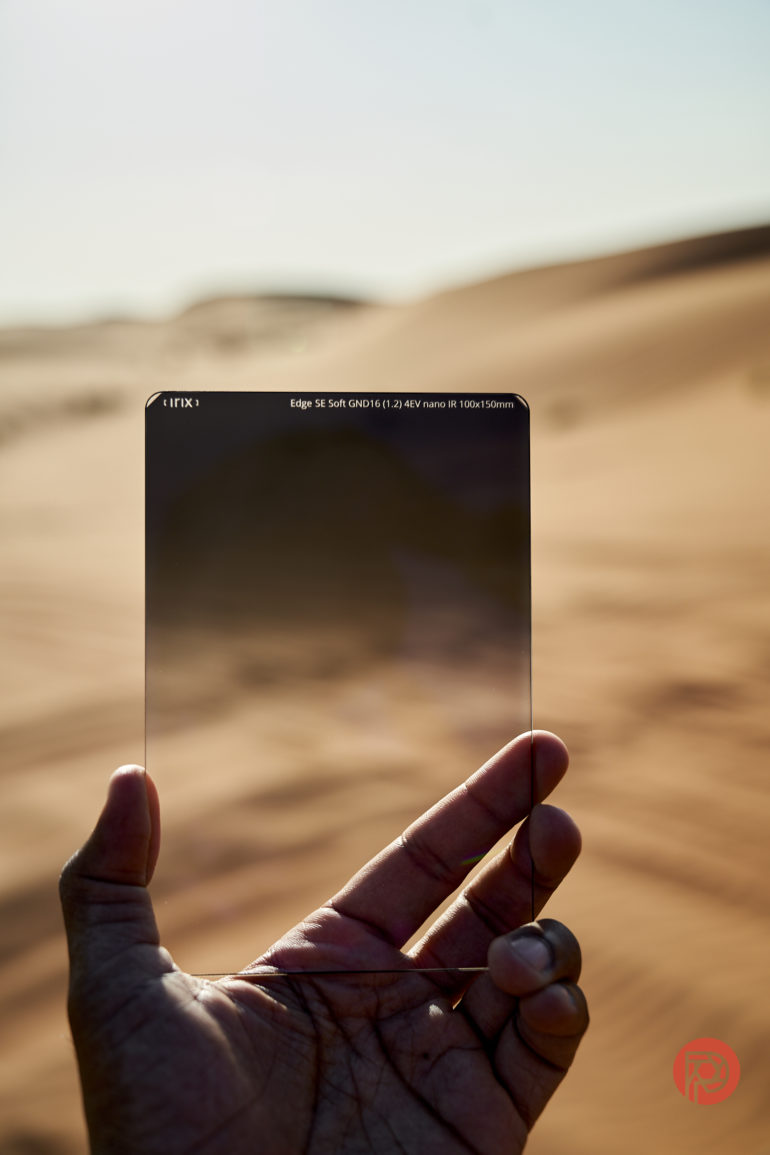
A 100mm x 15mm piece of resistant glass. For some reason, the gradation coating is cut off at the corners.
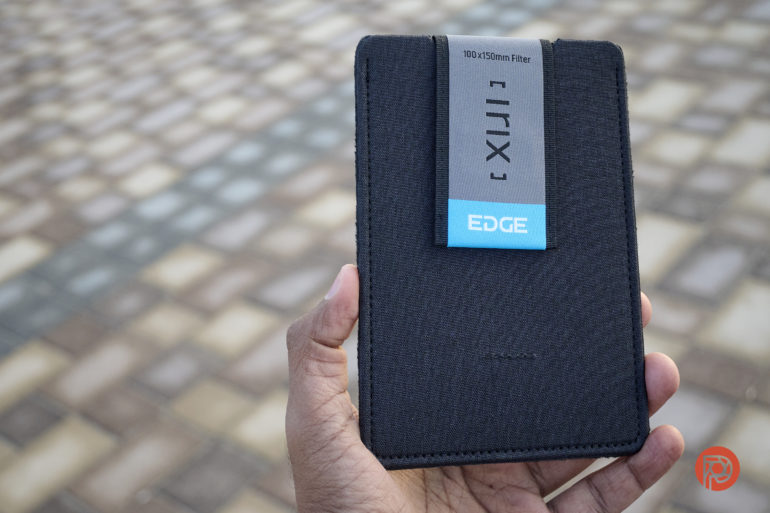
I love the filter case. It’s thick enough to protect the (already sturdy) filter from knocks and bumps inside your camera case. The branded velcro flap at the top can be removed to reveal a cloth tab that can be pulled to slide out your filter.
Build Quality
Here’s how the Irix Edge 100 SR Soft Nano GND16 filter fared in three scenarios:
Seawater Test
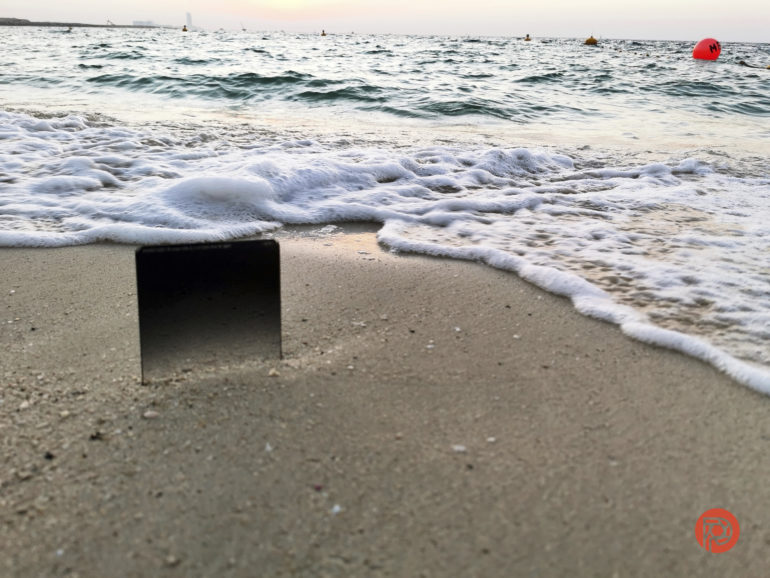
Water is easy enough to get off filters these days. Simply wipe it off with a microfibre cloth. But seawater can do a lot of damage to cameras and photography accessories. The seawater resistance test was the first one that I attempted with this lens. I put over half the filter under the sand by the beach and watched the seawater wash over this. After about 10 minutes, I took the filter out and almost immediately freaked out.
The coating looked like it was coming off. It was a bluish color, and for a minute or so, I thought the nano-coating was beginning to react with the seawater. Luckily, I had potable water with me, and I washed away any residual seawater from the filter. Then I gave it a good wipe with some tissues. Almost immediately, the filter’s original color began to come back, and so did my breath which escaped me for a few seconds.
Desert Sand And Wind

As part of my Vanguard backpack review a few weeks ago, I visited the Mleiha desert. Since this spot is a long drive away from the city, I also took along the Irix Edge filter for a test. It was over 100F out there and windy. The filter remained in the sand for a reasonably long time, with the sand blowing over it often. I didn’t even need to wipe off the sand as most of it easily slid off, with the rest just needing a few puffs from the air blower to remove it. No scratches were visible at all.
Pressure and Drop test
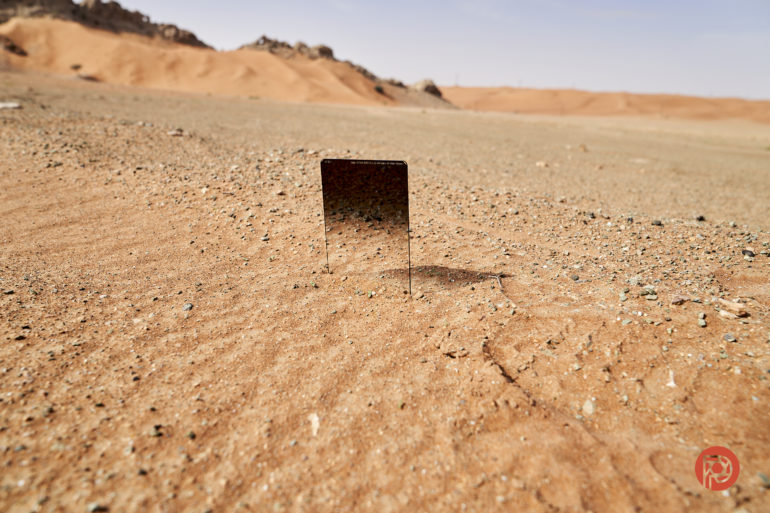
At a slightly later date, I took the filter to a different section of this desert. This was an area where the sand came close to the mountains. The rock under my feet was hard, and a few inches of sand were above it. I remember the grinding sound that resulted from trying to keep the filter upright here. It took a few tries to get it to stay, and in the process, I dropped the filter onto the hard surface once. Zero damage after this test, and the base of the filter was unscathed.
Image Quality
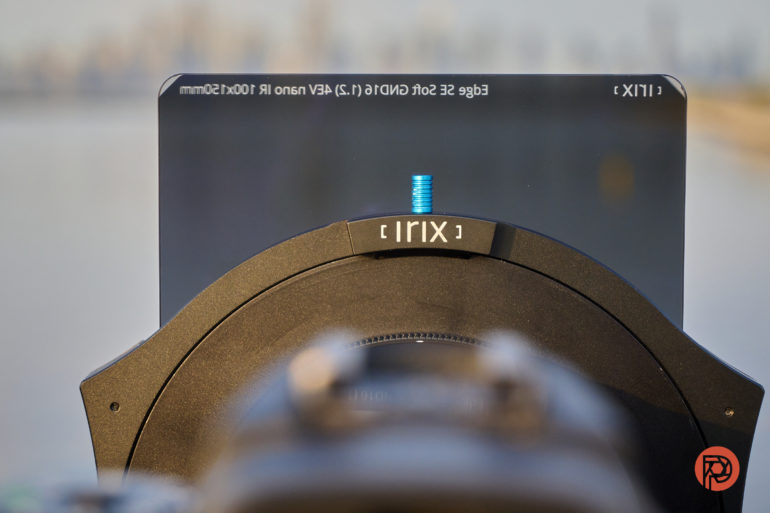
Colors remained accurate when using the Irix Edge Soft GND 16 filter. No color correction was needed in the images I took at different locations using it.
From day one, The Phoblographer has been huge on transparency with our audience. Nothing from this review is sponsored. Further, many folks will post reviews and show lots of editing in the photos. The problem then becomes that anyone and everyone can do the same thing. They’re not showing what the lens can do. So we have a section in our Extra Image Samples area to show edited and unedited photos. From this, you can make a decision for yourself.
Unedited


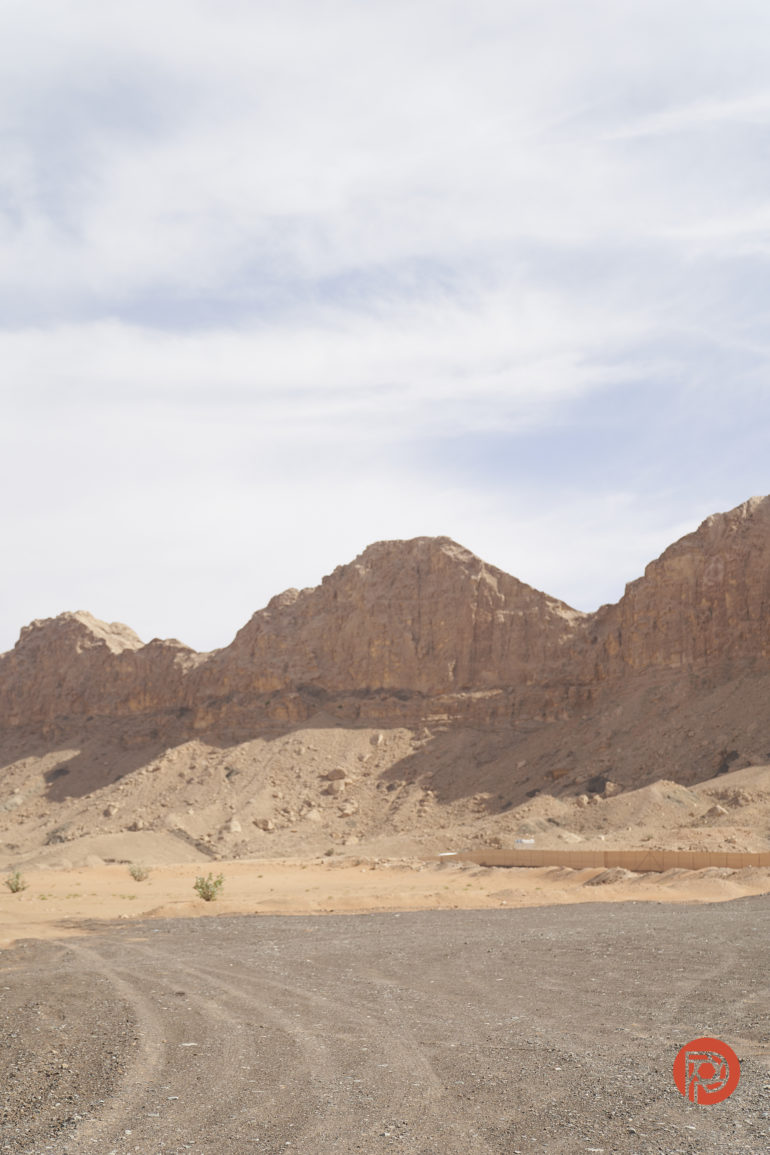
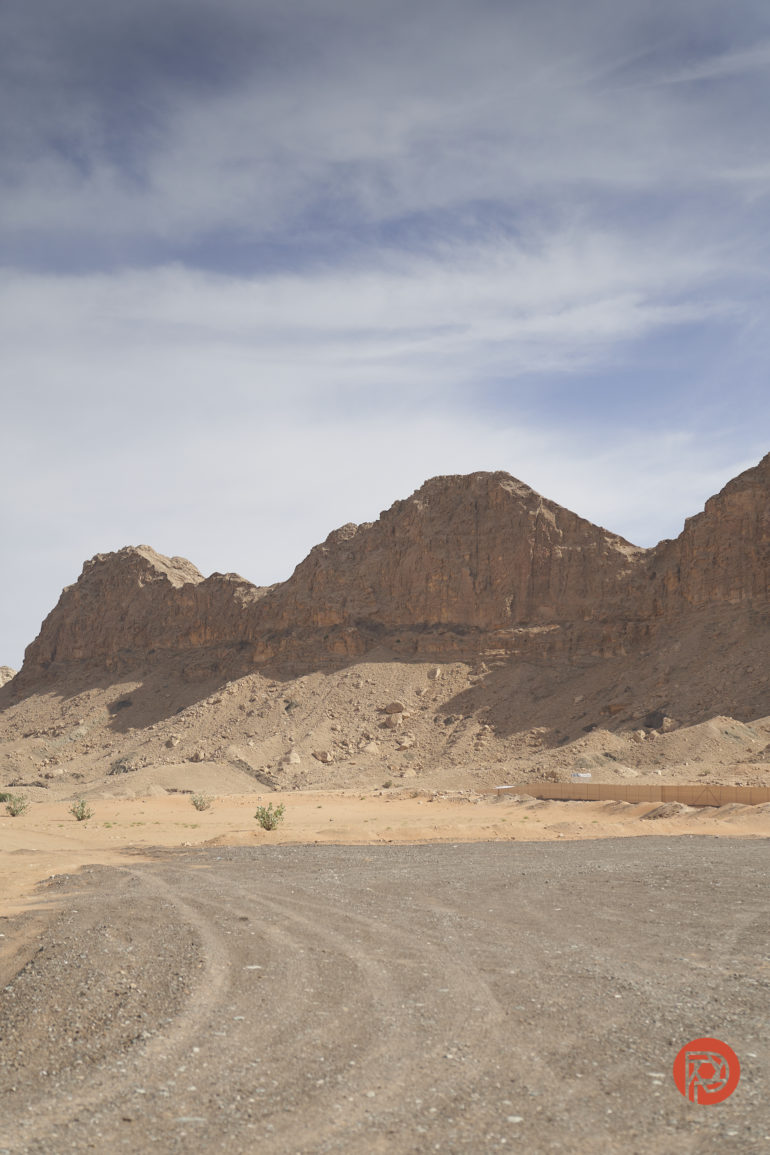
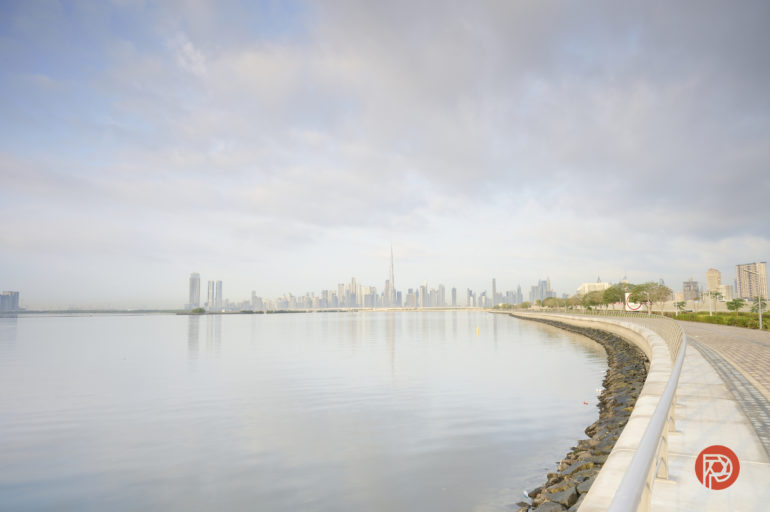
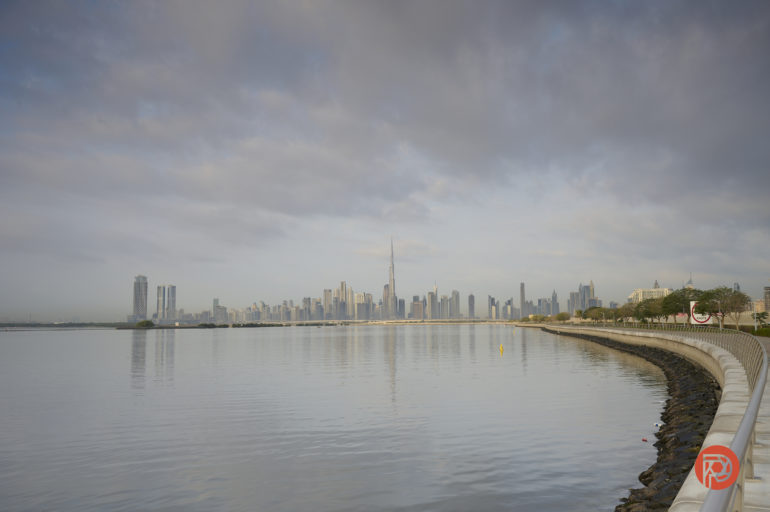
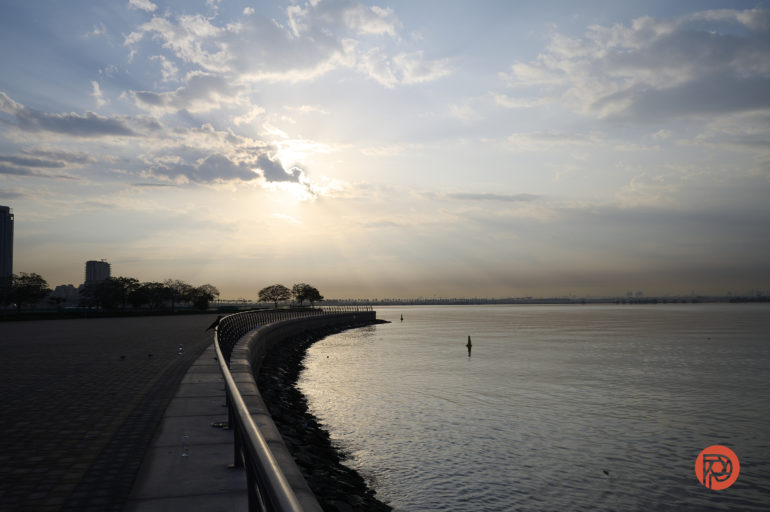
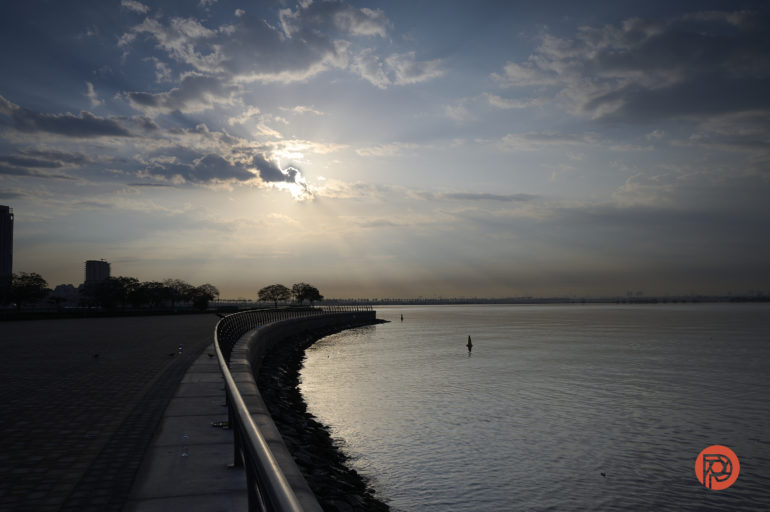
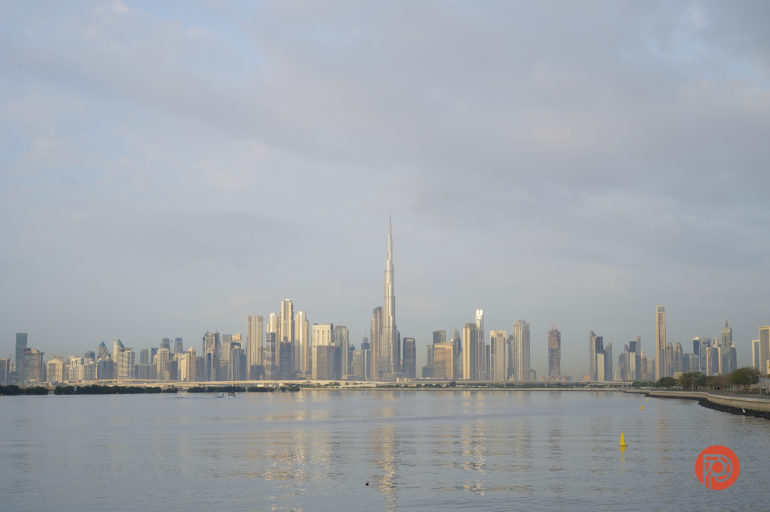
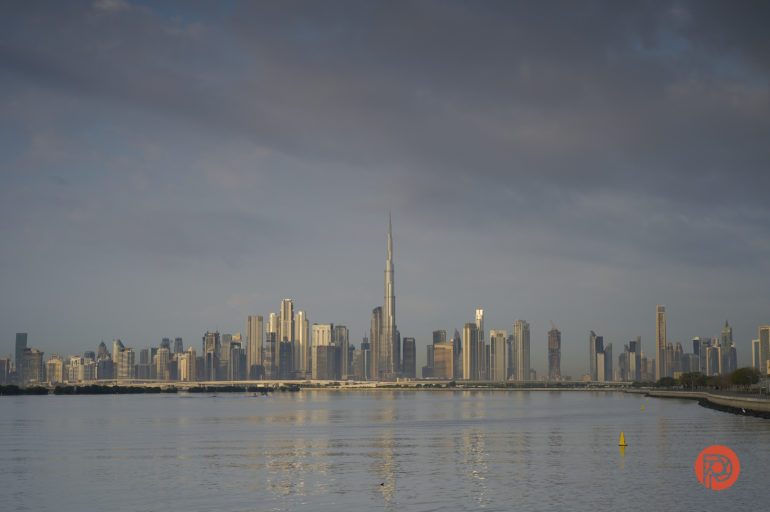
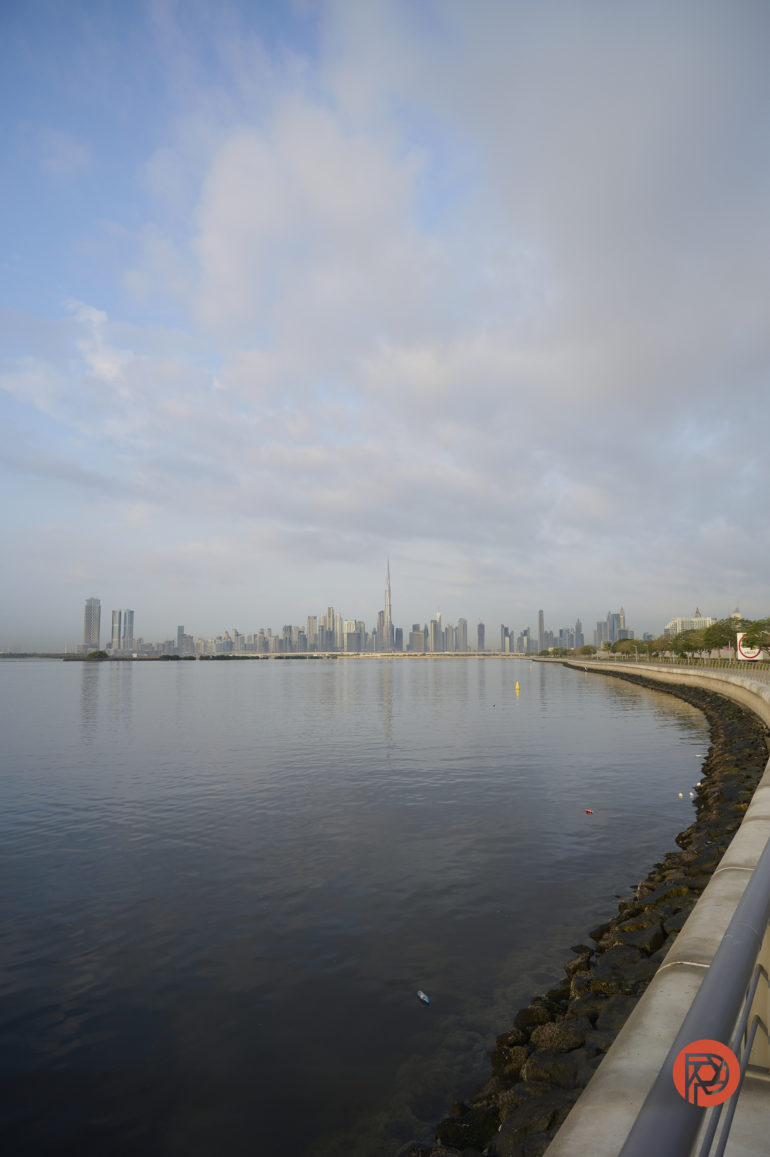
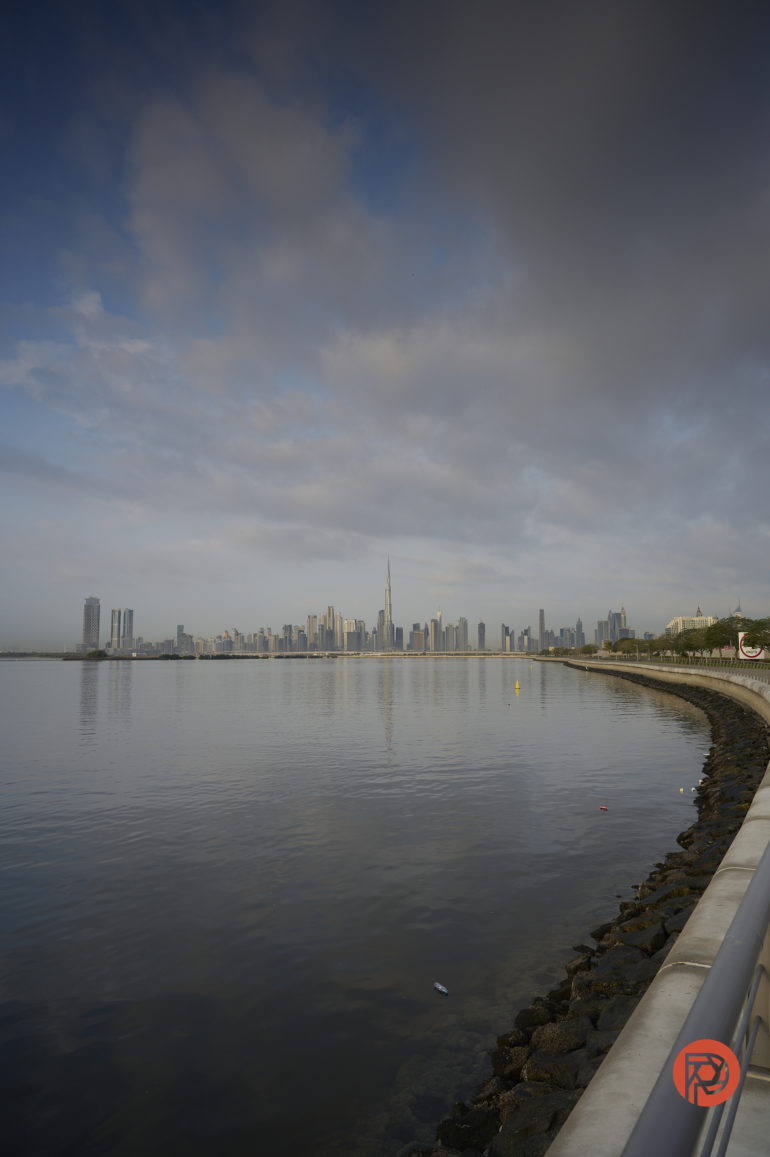
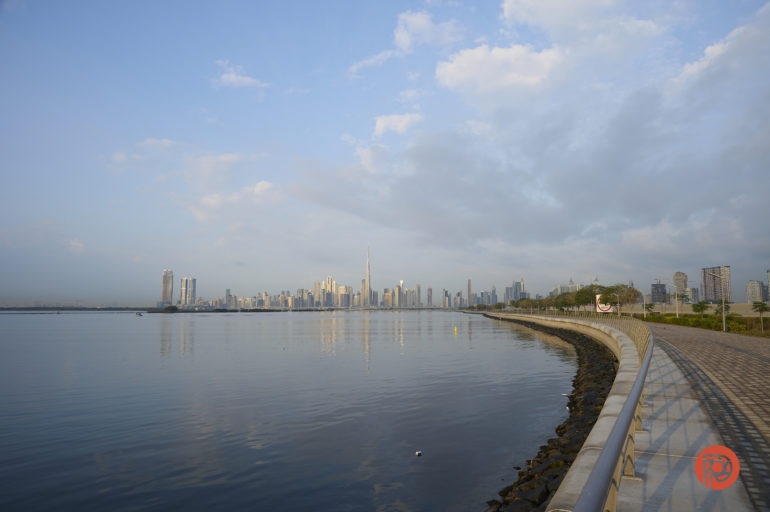
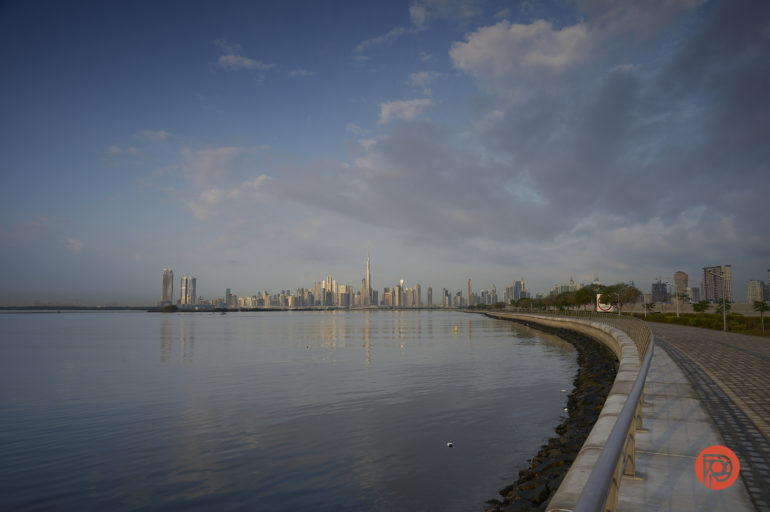
Edited
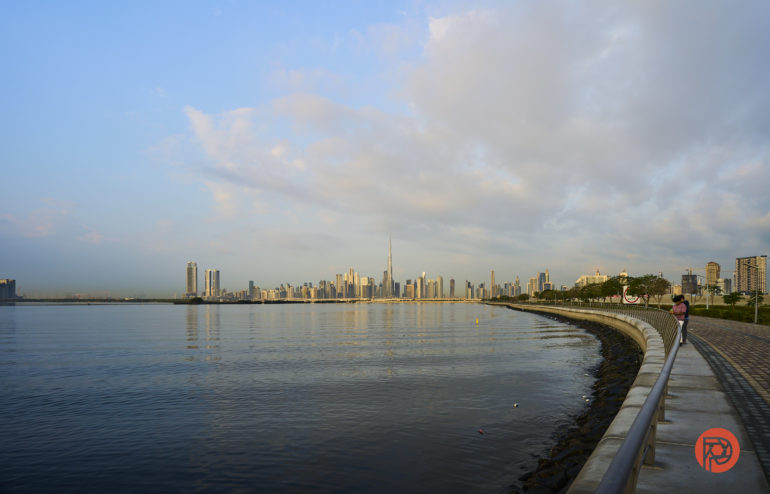


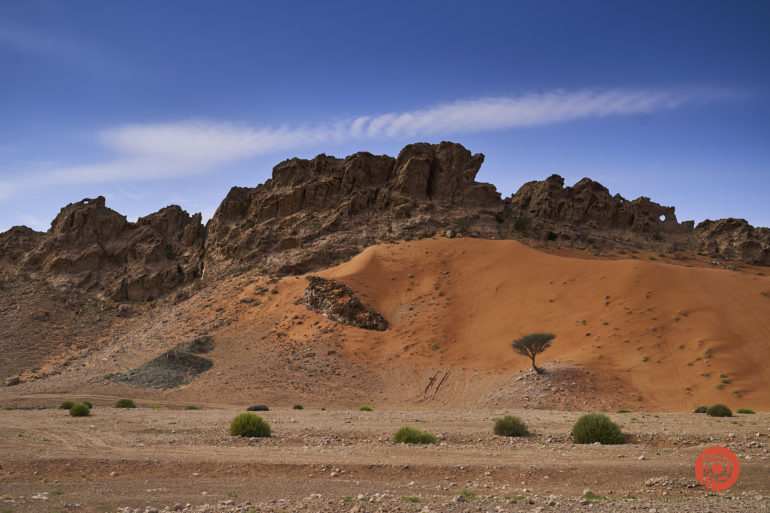
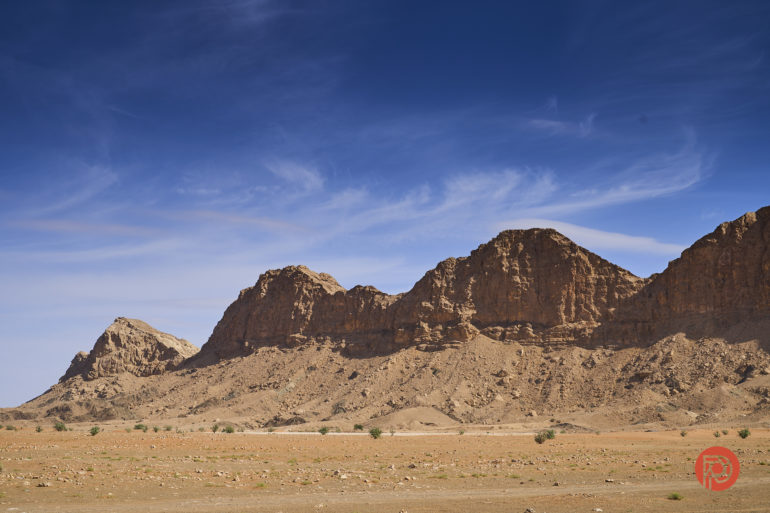
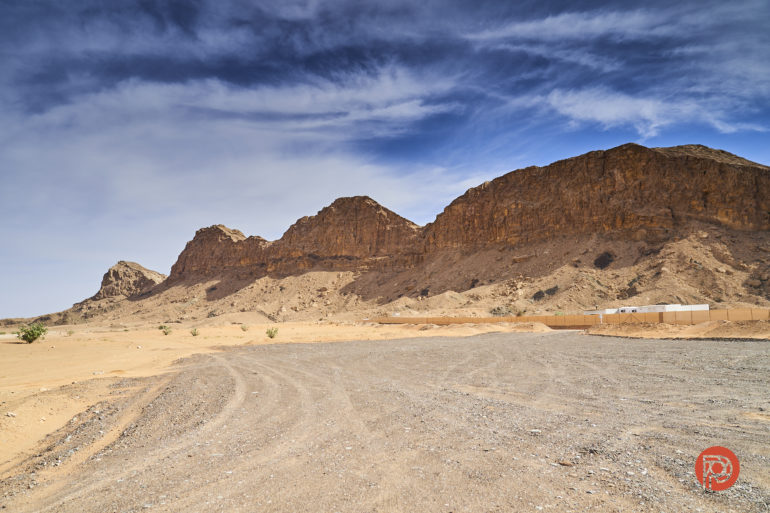
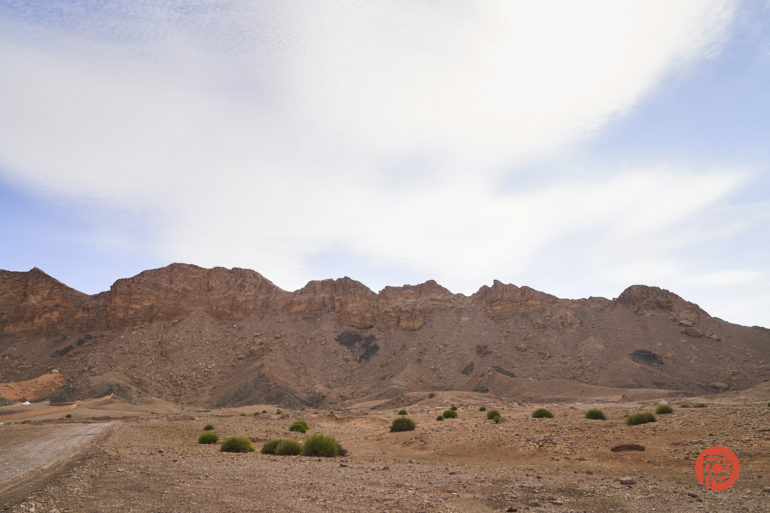

Who Should Buy The Irix Edge 100 SR Soft Nano GND16 Filter?
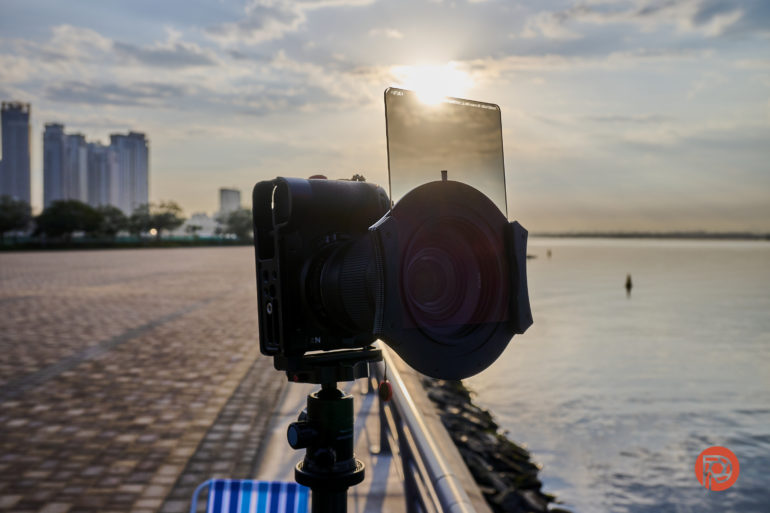
If you’re a landscape photographer, especially one who’s only used a full ND type filter before, you’re sure to enjoy using one of these graduated ND filters from Irix. The SR tag on them means you won’t have to worry about damaging them easily or even in harsh weather conditions.
The Phoblographer may receive affiliate compensation for products purchased using links in this blog post.


